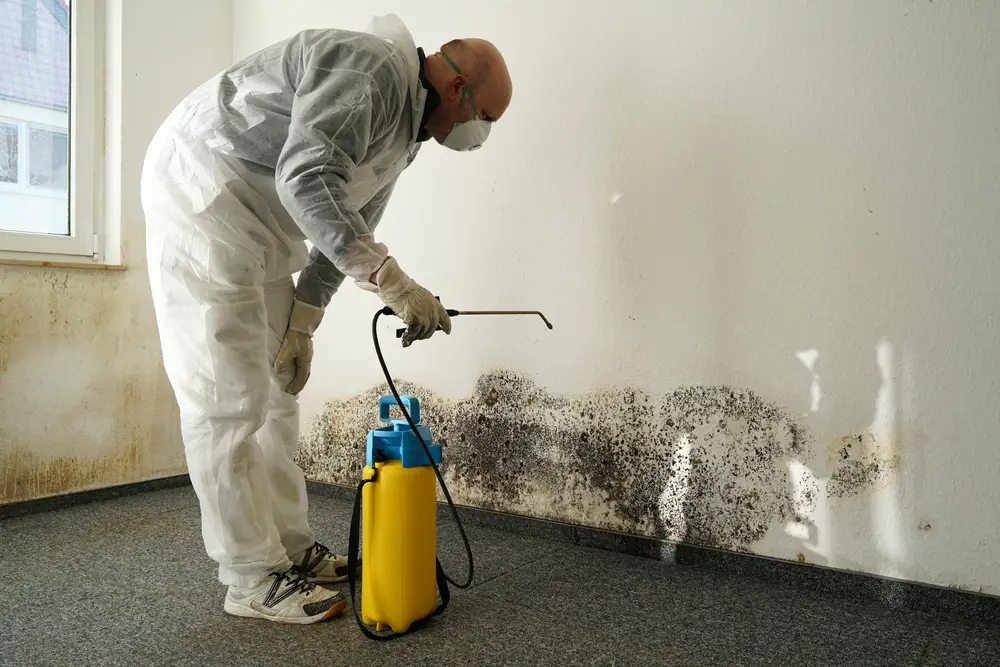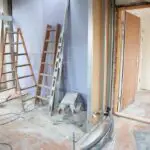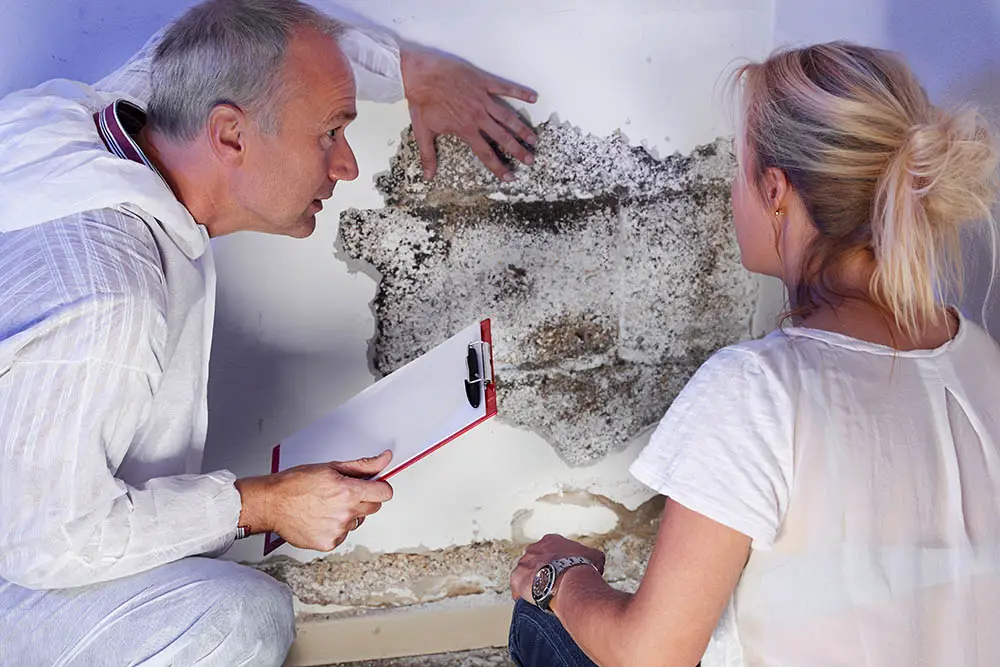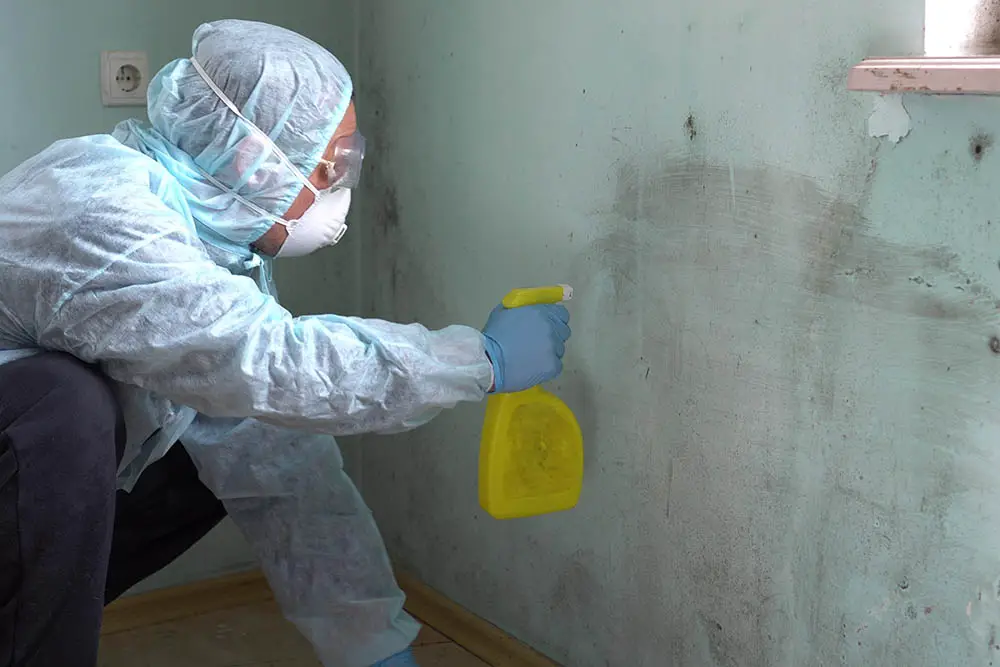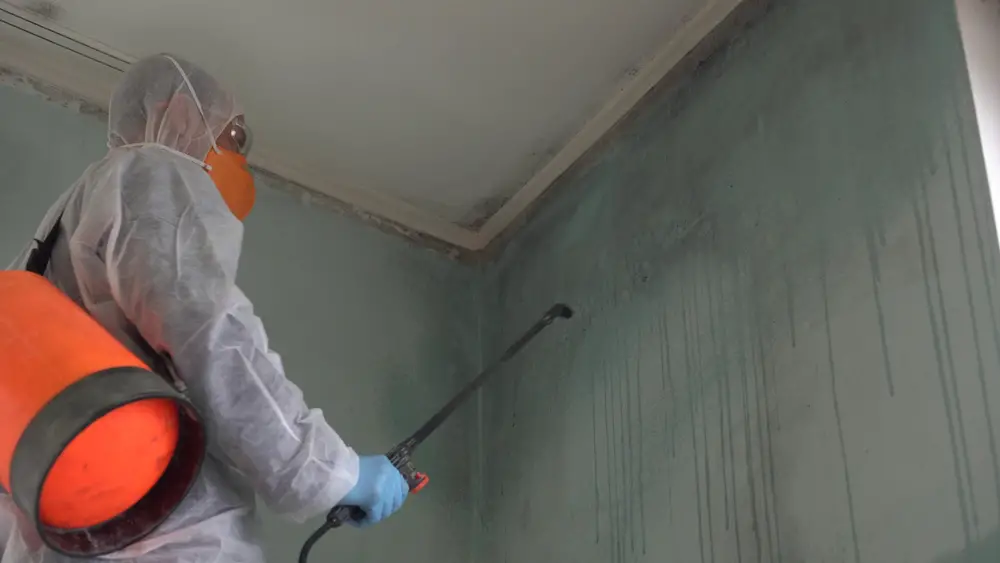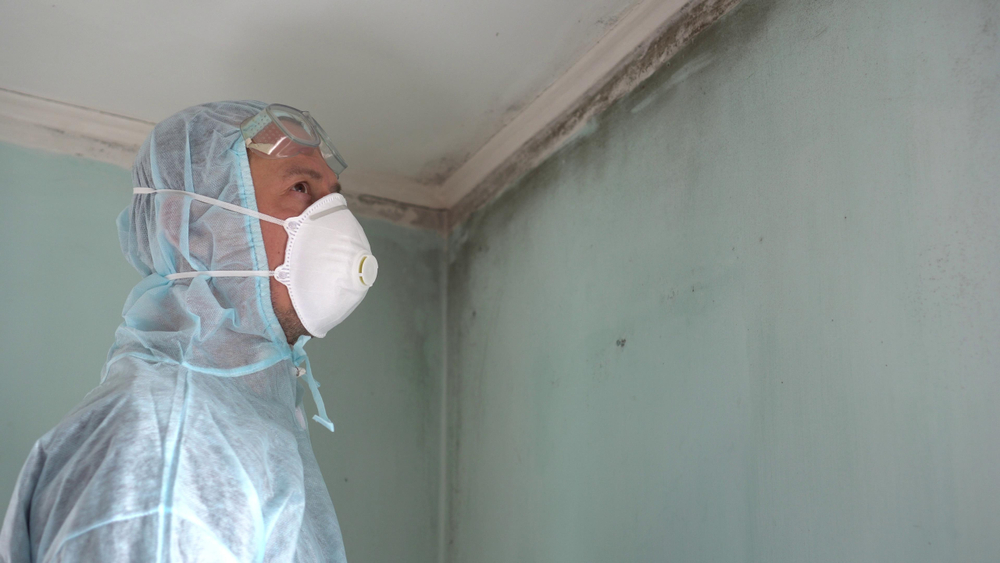Mold develops on wet spots and will begin to grow continuing to do so if it isn’t kept under control. It is typically found near showers and sinks, around windows, in basements, and any area that is exposed to water or moisture.
Not only can this become problematic but exposure to mold indoors can be harmful to those who are asthmatic or suffer from allergies.
Mold remediation remedies the issue. The process addresses the cause of the growth and aims to return the growth that has spiraled out of control to a natural level. In doing so, it should stop the issue from developing again in the future helping to prevent damage from occurring.
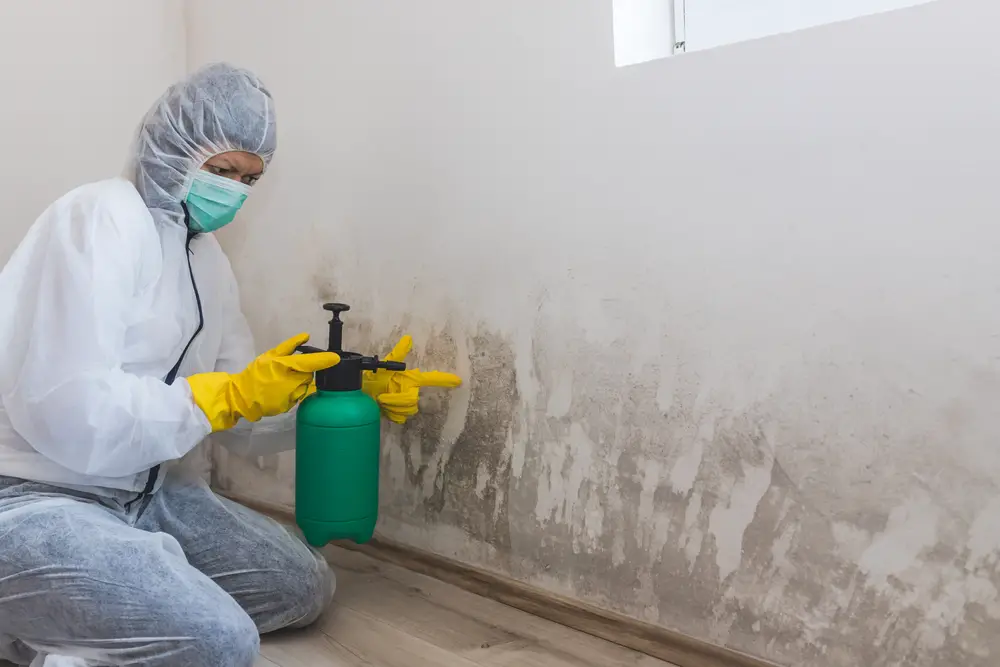
Although it is tempting to complete the process yourself, ideally you should enlist the help of a professional team who has experience in dealing with such issues.
First, you will need to prepare the area for the process by fixing the cause of the issue and creating plenty of space for the team to work in. You will also need to close any doors that adjoin other rooms on the same floor to ensure that the area is isolated.
The team will be kitted out in the necessary protective gear and they will spray the contaminated area with an EPA-approved mold killer. This will be left to work and target the mold.
The next day, the team will arrive again wearing protective clothing and accessories. An encapsulant will be sprayed over the molded surface and the surrounding area to ensure that there isn’t any risk of it spreading.
Following this, high-efficiency air filters will be introduced to your home to clean the air. The floor will then be cleaned using a HEPA vacuum.
Finally, any materials or products that were removed from the affected area will need to be disposed of. It may be possible to repair some so long as they are thoroughly cleaned before being introduced back into the room.
How do you prepare for mold remediation?
Before enlisting the help of a professional mold remediation team, you must locate all of the areas where mold is an issue. This can be done via a professional test which will identify the mold in the different rooms.
You must ensure that the room is isolated by closing all of the doors. This will prevent the mold from spreading to other areas of your home.
Ensure that any personal belongings inside the room have been covered with sheets or removed. You may wish to photograph any areas that have endured a significant amount of damage if you are going to be claiming against your insurance provider.
Upon exiting the room, you should remove and wash the clothes that you are wearing, rather than continuing to wear them into different rooms as there is a risk of the mold spores spreading.
You should also turn off any fans and heaters because this increases the chance of the mold growing in other areas.
You will need to resolve the issue that has caused the mold to grow in the first place. Failing to do so, will likely see you repeating the process in the future.
The area leading to your home will need to be cleared in anticipation of the team’s arrival. This will allow them to park their vehicle near your home and the removal of any obstacles will make the process of entering your home with their equipment much easier.
Finally, the process will be conducted with greater ease if there aren’t any kids or pets present at the property. Whilst it is likely that your pets may get in the way, children and other family members with respiratory issues are likely to struggle during the completion of the task.
What is the difference between mold removal and mold remediation?
There are a few noticeable differences between mold removal and mold remediation. Though it isn’t deemed possible to completely remove all remnants of mold, the process of mold removal attempts to remove as much as possible.
Mold remediation intends to bring the mold back to a normal level rather than completely eradicate it. Attempting to remove mold isn’t always likely to prove successful especially if the mold is actively growing but it can work if the mold is only present on the surface.
Many cleaning products can be used to remove mold, however, it is worth noting that agitated mold is more likely to release spores which may cause it to spread.
The mold remediation process ensures that once the mold has returned to a natural state it will not be harmful to those occupying the property. Although it is possible to complete the process yourself, you will likely require the help of a professional to combat severe cases.

